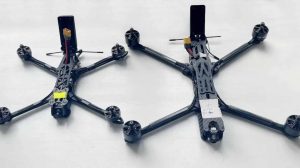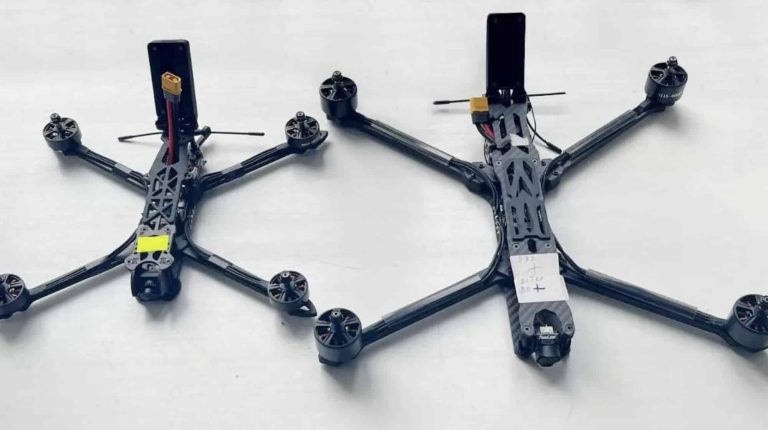In an extraordinary feat of secrecy and innovation, China has constructed the world’s first dedicated fixed-wing drone carrier. Nestled away in a lesser-known shipyard on the Yangtze River, this new aircraft carrier marks China’s fourth such vessel, yet its existence has remained undisclosed until now, reports Naval News.
A Mysterious New Addition
China’s latest carrier, launched in December 2022, has been kept under wraps, with details shrouded in mystery. Unlike its predecessors, including the state-of-the-art Type-003 Fujian currently undergoing sea trials, this new ship stands out not for its size but for its pioneering role as a drone carrier. Naval News, in collaboration with J. Michael Dahm, Senior Resident Fellow at the Mitchell Institute, has been scrutinizing this enigmatic vessel.
Analyzing the Drone Carrier
This carrier diverges significantly from traditional aircraft carriers. It features a flight deck that is only about one-third the length and half the width of a U.S. Navy or Chinese Navy supercarrier. It’s slightly shorter but wider than a World War II escort carrier. The ship’s design, with a straight deck and limited space for a conventional hangar, suggests a primary function as a drone carrier rather than a typical aircraft carrier.
Drones are increasingly integral to modern naval warfare, with leading navies already testing them on standard aircraft carriers. Countries like Iran and Turkey are exploring the concept of drone carriers, but China’s latest creation is the first of its kind.
Innovative Design and Potential Capabilities
The carrier’s configuration includes a marked runway on the port side and an island superstructure on the starboard side, indicating its role as an aircraft carrier. However, it features a unique hull design—a catamaran layout that offers a large deck area, though such a design has never been fully realized before. Satellite imagery analysis reveals that the flight deck is quite low, implying limited or no hangar space below it, which restricts the ship’s capacity for prolonged flight operations.
The flight deck is broad enough to handle aircraft or drones with a wingspan of up to 65 feet, akin to the Chinese versions of the Predator drone. While the presence of a flight deck implies that it is meant for aircraft to land on, the ship may utilize a catapult or launch rail for takeoff, potentially eliminating the need for traditional recovery methods.
Speculating the Role
J. Michael Dahm points out that the Jiangsu Dayang Marine shipyard, where this carrier is being constructed, has a history of building simulated enemy ships for the Chinese Navy (PLAN). China employs these replicas for weapon testing, often mimicking Western naval vessels. The shipyard has also produced high-tech target barges and large drone motherships used in training as ‘Electronic Blue Force.’ This history suggests the new carrier might serve a similar purpose.
If the carrier is indeed designed to support large fixed-wing UAVs at sea, it raises intriguing questions about its intended use. It could be an experimental platform for developing drone operations at sea or a tool for simulating enemy forces in training scenarios. Whether this project is part of an official PLAN initiative or a speculative commercial endeavor remains uncertain.
China’s new drone carrier remains an intriguing enigma. As the world’s first dedicated fixed-wing drone carrier, it symbolizes a significant leap in naval innovation. Whether for research, training, or operational deployment, this vessel is set to redefine naval capabilities and strategies. The maritime community and global defense analysts will undoubtedly be watching closely as more details emerge about this groundbreaking ship.
Discover more from DroneXL.co
Subscribe to get the latest posts to your email.




















+ There are no comments
Add yours